what does the oil pressure gauge do
Commonly used oil pressure gauges and sensors are mostly electrothermal. The structure of electrothermal oil pressure gauge is the same as that of electrothermal oil gauge, but the dial is different. The shape of electrothermal sensor is a round box, which is composed of diaphragm, heating coil, bimetallic sheet, a pair of contacts, correction resistance, etc. The sensor fixing hole is connected with the main oil passage or oil strainer of the engine lubrication system. It is a sensor that uses the pulse current generated by the thermal deformation of the bimetal to drive the oil pressure gauge to work. When the circuit is connected, the circuit is: battery positive pole → oil pressure gauge terminal → heating coil → sensor terminal → heating coil (correction resistance) → bimetal contact → under spring contact → grounding → battery negative pole.
Working process of the circuit: when the oil of the engine lubrication system is very low, the sensor diaphragm is almost not deformed, and the pressure on the contact is very small. After the current slips, the temperature rises slightly, the bimetallic sheet deforms and bends, separating the contacts and cutting off the circuit. After a period of time, the bimetallic sheet is cooled and straightened, the contact is closed, and the circuit is connected again. Before long, the contacts are separated again. This cycle makes the average current value in the circuit smaller. The bimetallic plate in the oil pressure gauge deforms due to low temperature, and the bending degree is small. The pointer points to the low temperature position of the dial: when the oil pressure of the engine lubrication system increases, the diaphragm in the sensor bends upward under the action of the oil pressure, and the pressure added to the contact increases, This requires the heating coil to pass the current for a long time, and the bimetallic sheet has large deformation, so that the contact can be separated, and the contact will be closed soon after it is cooled slightly after separation. Therefore, when the oil pressure increases, the contact separation state time is shortened, so that the effective current value of the circuit increases, so that the bimetallic plate in the oil pressure gauge is deformed due to high temperature, the bending degree is large, and the pointer points to the high temperature position of the dial. The common faults of the oil pressure gauge include whether the pressure indicator is on, the maximum pressure value is indicated when the ignition switch is on, the alarm indicator is not on and the alarm indicator is not off.
 English
English 
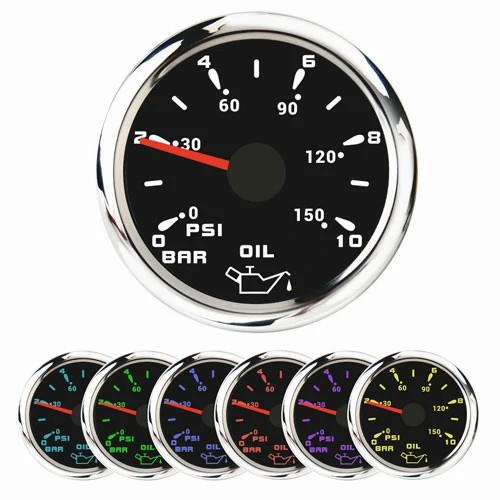
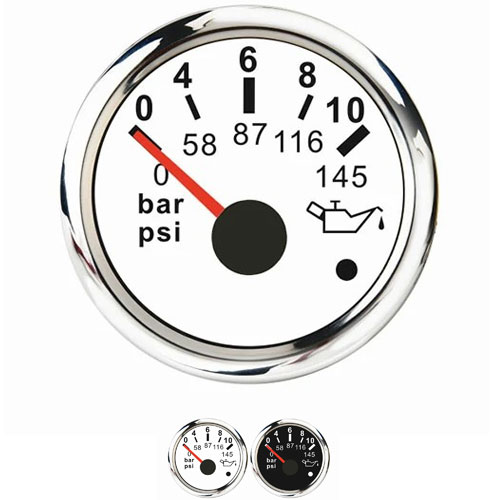
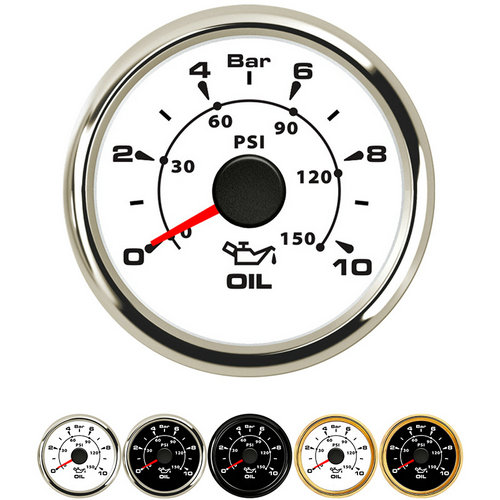

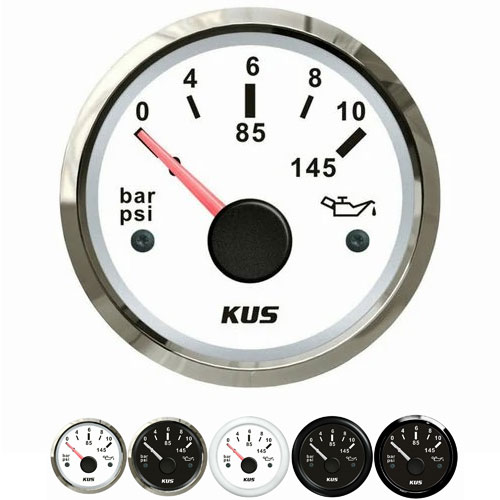
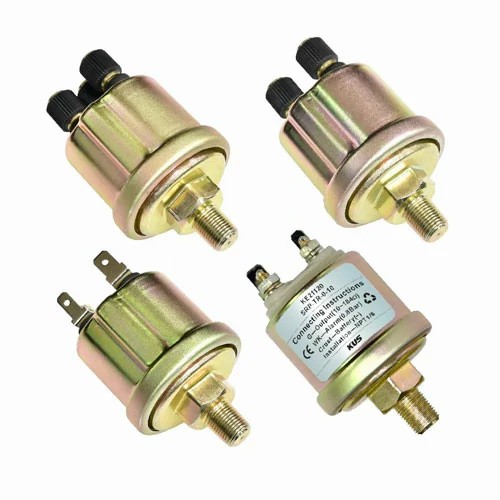
Get a Quote / Info